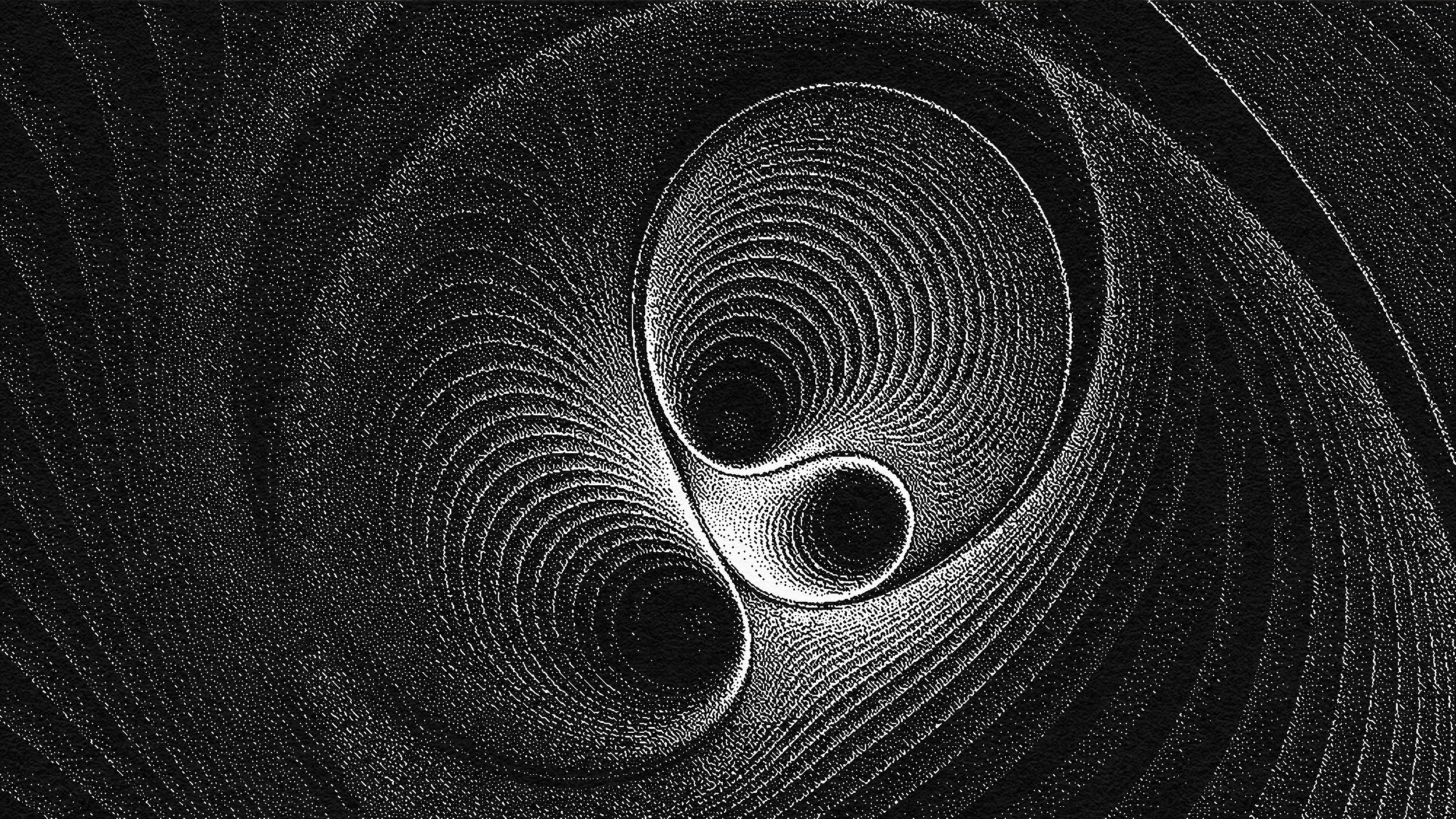Simply put, good science is creative, says Dan Gilbert.
Question: How do you balance creativity and scientific rigor?
Dan Gilbert: I don’t understand creativity and scientific rigor as antonyms. And I’m not even sure they have a relationship. They seem to me to be two attributes of good science. Good science is creative. It tells about things we don’t already know. It surprises us with solutions we wouldn’t have thought of; but the moment we hear them we go, “But I can see it’s right” . . . that’s the creative part. And science is, of course, about rigor. Anybody can be creative in any way, but science has a lot of rules within which we have to be creative. And in that sense, science is like haiku. You know, it’s a highly constrained form. And the question is, can you be creative within the rules? That’s what science asks us to do.
Oh we don’t. But if science … if history is any guide, we’re going to find out that half of what we believe now based on scientific evidence, is wrong. The other half we’ll find out was right. It’s a slow accumulation of knowledge and revision of mistakes; but it is progress. It’s not like we just keep throwing everything out and starting all over again. The cumulative progress is slower than any would … anyone would like, but it’s undeniable.
Recorded on: 6/12/2007






